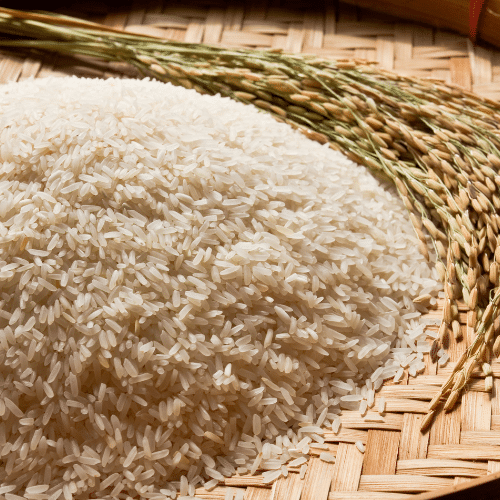Wikirice

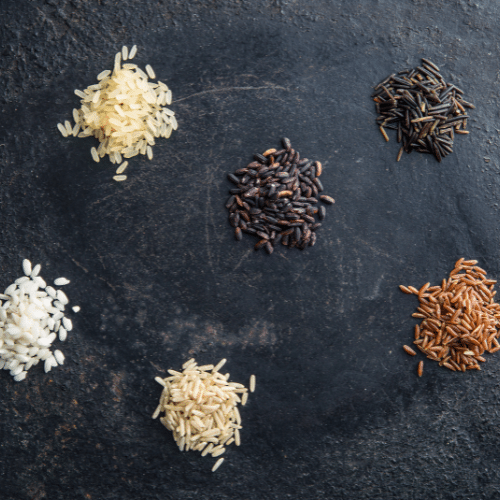
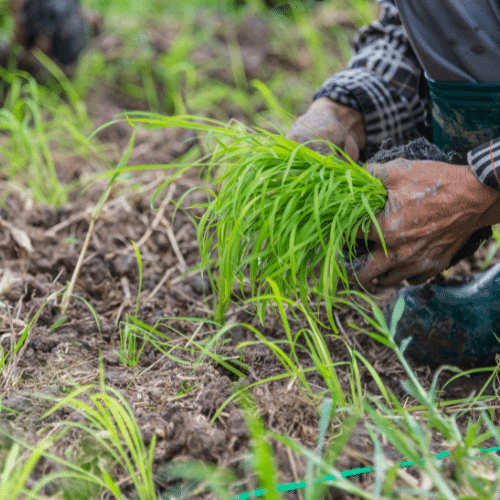
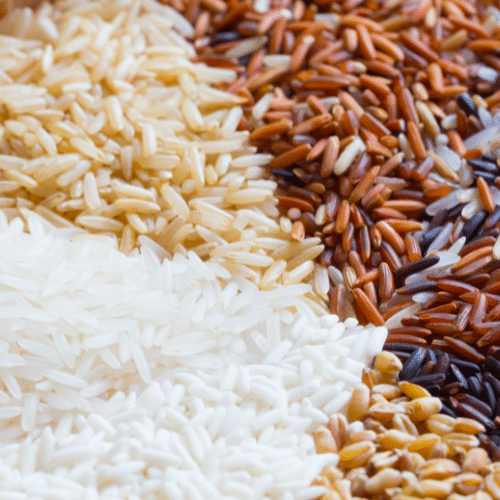
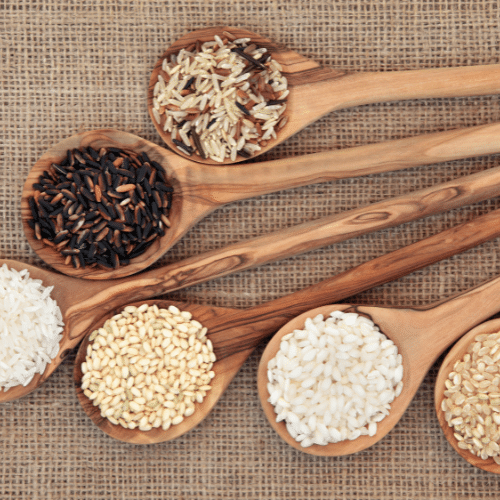
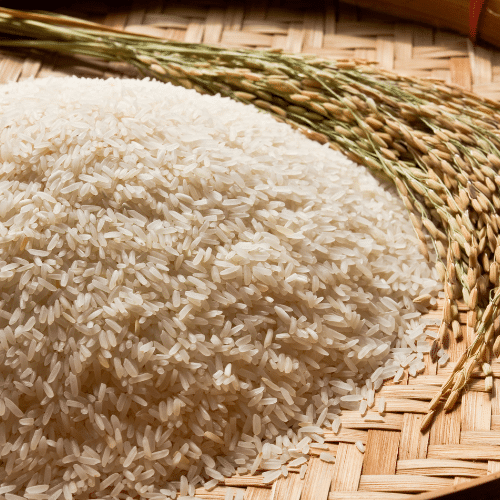

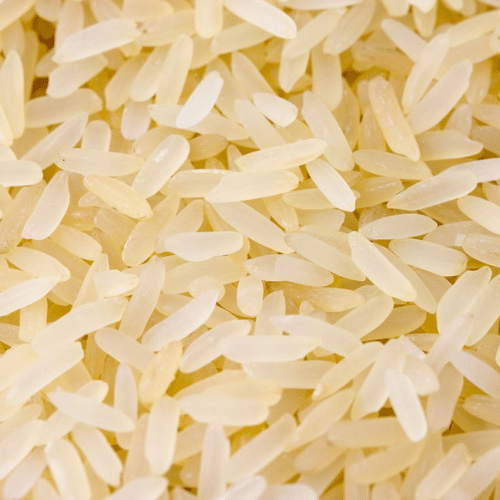
Introduction
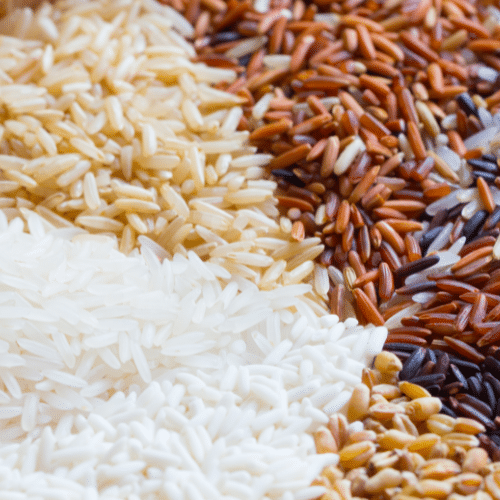
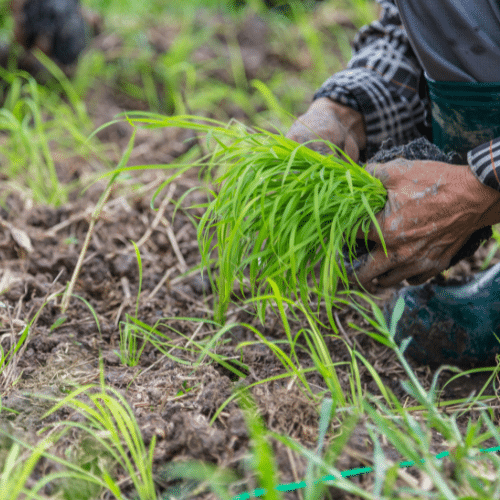
Rice cultivation
Rice production levels
There is an incredible diversity of rice varieties, each with its own characteristics of grain, flavour and texture. The main categories of rice include long grain, short grain, basmati, jasmine, glutinous, wild and many others. Each variety offers a unique culinary experience and can be used in a multitude of recipes.
Our site covers different varieties of rice, such as Paddy, White, Brown, Aromatic and many others. For a better understanding, here are their definitions:
- Paddy rice is rice that has retained its husk after threshing.
- Husked rice (brown rice, cargo rice or wholegrain rice) is paddy rice from which only the husk has been removed. Hulling and handling may result in some loss of pericarp.
- Milled rice (white rice) is husked rice from which all or part of the pericarp and germ have been removed by milling.
- Parboiled rice is husked or milled rice obtained by soaking paddy rice or husked rice in water, then heat-treating it to gelatinise the starch completely, and drying it.
- Glutinous rice: special varieties of rice whose grains are white and opaque. The starch in glutinous rice consists almost entirely of amylopectin. It tends to clump together after cooking.
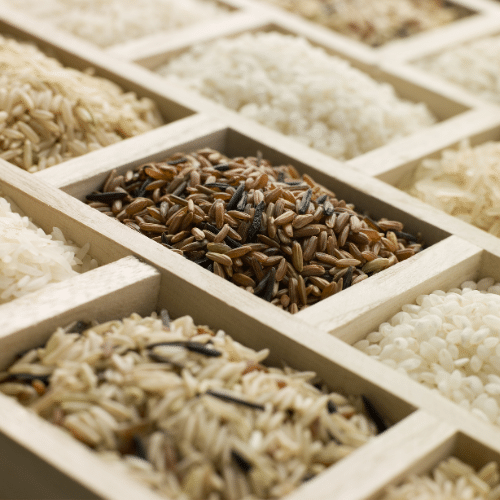
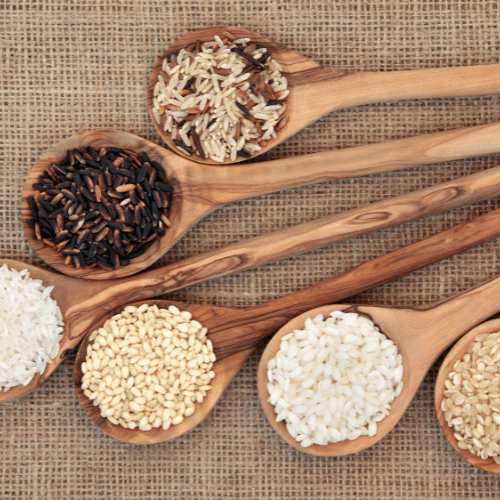
Nutrients and benefits
As a staple food in many cultures, rice offers a range of nutritional benefits. Here are just some of the positive aspects associated with its consumption:
- Source of energy: Rice is rich in complex carbohydrates, providing slow-release energy that supports physical and mental activity.
- Vitamins and minerals: Rice, particularly the brown varieties, may contain B vitamins, iron and minerals essential for good health.
- Gluten-free: For people with gluten sensitivity or coeliac disease, rice is a gluten-free alternative.
Health risks associated with rice
However, it is also important to recognise the potential health risks that may be associated with its consumption. Here are some of the concerns associated with rice:
- Presence of cadmium and inorganic arsenic: Some types of rice can accumulate heavy metals such as cadmium and inorganic arsenic from the environment. Prolonged exposure to these elements can have harmful effects on health, particularly on the kidneys and nervous system.
- Environmental contamination: The risks of pollution by chemical or microbiological contaminants must be taken into account, particularly in growing areas where uncontrolled agricultural practices may occur.
- Nutritional variation: The nutritional value of rice can vary according to variety, processing and preparation. It is important to choose high-quality sources of rice and to diversify your diet to ensure you get all the nutrients you need.
